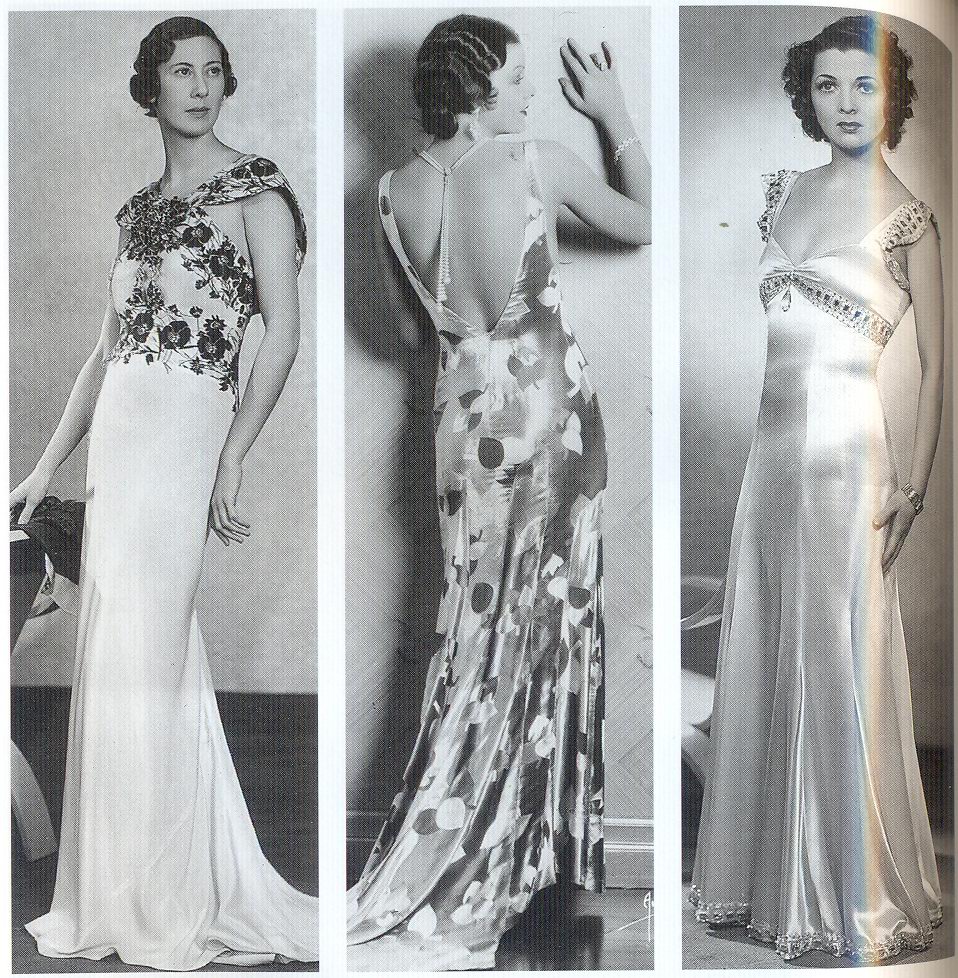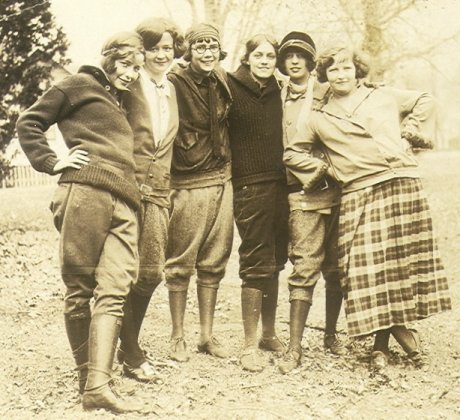The lighthearted, forward-looking attitude and fashions of the late 1920s lingered through most of 1930, but by the end of that year the effects of the Great Depression began to affect the public, and a more conservative approach to fashion displaced that of the 1920s.
For women, skirts became longer and the waist-line was returned up to its normal position in an attempt to bring back the traditional "womanly" look.
Jean Patou, who had first raised hemlines to 18" off the floor with his "flapper" dresses of 1924, had begun lowering them again in 1927, using Vionnet's handkerchief hemline to disguise the change. By 1930, longer skirts and natural waists were shown everywhere.
 |
| Jean Patou |
Feminine curves were highlighted in the 1930s through the use of the bias-cut in dresses. Madeleine Vionnet was the innovator of the bias-cut and used this method to create sculptural dresses that molded and shaped over the body's contours as it draped the female form.
 |
| Bolero Jackets |
Through the mid-1930s, the natural waistline was often accompanied by emphasis on an empire line. Short bolero jackets, capelets, and dresses cut with fitted midriffs or seams below the bust increased the focus on breadth at the shoulder.

Evening dresses with matching jackets were worn to the theatre, nightclubs, and elegant restaurants.

Full, gathered skirts, known as the dirndl skirt, became popular around 1945.
Gloves were "enormously important" in this period. Evening dresses were accompanied by elbow length gloves, and day costumes were worn with short or opera-length gloves of fabric or leather.









